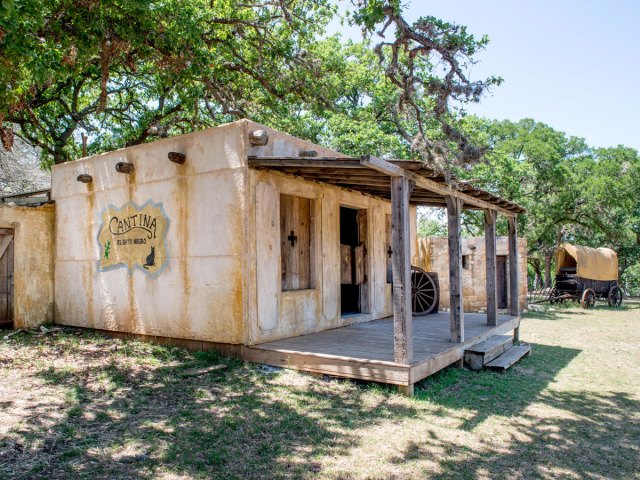Suburbs can sometimes get a bad rap, often criticized for their architectural blandness, overreliance on cars, and a propensity towards chain stores and restaurants. While that may be true of some U.S. suburbs, writing off all of the nation’s bedroom communities would be unfair. There are some U.S. suburbs that boast unique architecture, interesting histories, and thriving local cultures. Consider visiting these four historic U.S. suburbs.
Coral Gables, Florida

Since its inception in the 1920s, Coral Gables has been renowned for its Mediterranean Revival architecture. Heavily influenced by the City Beautiful movement, property developer George Merrick transformed 1,600 acres of grapefruit groves that he inherited from his father into a meticulously planned settlement. The suburb is located only seven miles from downtown Miami, which makes it eminently commutable.
The architects and landscapers Merrick hired created a stylish place to live, while the iconic Biltmore Hotel hosted those from out of town. A highlight of any visit to Coral Gables is the hotel’s Venetian Pool, opened in 1924, which transformed a redundant limestone quarry into a spring water pool fed by an underground aquifer. It is the only swimming pool listed in the U.S. National Register of Historic Places.
Boerne, Texas

Boerne (pronounced “Bernie”) is located near San Antonio in Texas Hill Country. The suburb embraces the German heritage of its original settlers, who arrived in the mid-19th century. As you stroll along Main Street, you’ll immediately notice that Boerne retains many buildings from that era. The abundance of limestone in the area meant that Boerne’s early thatched log cabins were quickly torn down and replaced with more substantial structures.
Among the most architecturally interesting are Philip Manor (built in 1860), Carstanjen Hall (1872), Weyrick-Beissner-Kidwell House (1879), and the Traditions-Wendler House and Depot, which date from the late 19th century. Visitors can also visit the Old Jail Museum and the Kuhlmann-King Historical Complex.
Brighton, New York

These days, Brighton serves as a suburb of Rochester, but this upstate New York settlement was once a peaceful farming community. After the Erie Canal was built in 1825, Rochester’s population swelled due to increased immigration, and some residents sought to escape the noise and bustle of the city to areas such as Brighton. Brighton became a haven for the well-heeled, whose affluence is reflected today in the mansions of its districts such as Houston-Barnard Tract.
To discover more about how Brighton’s landscapes were used in the past, head over to Brighton’s Sandra L. Frankel Nature Park. There, visitors can walk the Brickyard Trail, which winds through land that once provided the raw clay used to make bricks, formerly an important industry in this area. It’s also worth seeking out the Stone-Tolan House, built in 1792, which was a tavern in the early days of the town’s history. Tours run on Tuesday and Sunday afternoons from April through December.
Issaquah, Washington

Head east out of Seattle and you’ll soon find yourself in storied Issaquah, a 25-minute drive from the Space Needle. The Snoqualmie and Sammamish peoples were the area’s original settlers, followed by pioneering homesteaders from the mid-19th century onwards. Coal deposits were discovered here in 1862, and after the Seattle, Lake Shore & Eastern Railroad arrived in 1887, mining became a profitable industry. Sawmills and lumber camps were also prevalent; afterwards, the deforested land was repurposed for dairy farming.
A display about the importance of logging in the area is one of the stops on History Link’s Issaquah tour, which also incorporates some of Olde Town’s oldest properties — such as Gilman Town Hall, now a museum, and Hailstone Feed Store, restored to look as it did in the 1940s.
More from our network
Daily Passport is part of Inbox Studio, which publishes content that uplifts, informs, and inspires.
















